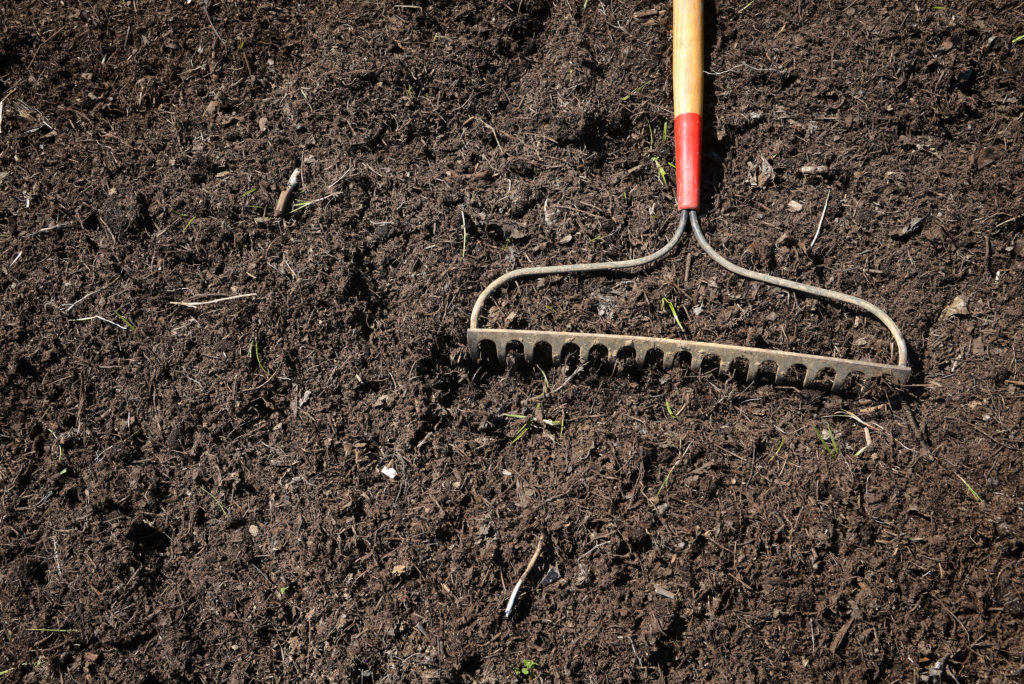Sustainability in the Garden
go.ncsu.edu/readext?615506
en Español / em Português
El inglés es el idioma de control de esta página. En la medida en que haya algún conflicto entre la traducción al inglés y la traducción, el inglés prevalece.
Al hacer clic en el enlace de traducción se activa un servicio de traducción gratuito para convertir la página al español. Al igual que con cualquier traducción por Internet, la conversión no es sensible al contexto y puede que no traduzca el texto en su significado original. NC State Extension no garantiza la exactitud del texto traducido. Por favor, tenga en cuenta que algunas aplicaciones y/o servicios pueden no funcionar como se espera cuando se traducen.
Português
Inglês é o idioma de controle desta página. Na medida que haja algum conflito entre o texto original em Inglês e a tradução, o Inglês prevalece.
Ao clicar no link de tradução, um serviço gratuito de tradução será ativado para converter a página para o Português. Como em qualquer tradução pela internet, a conversão não é sensivel ao contexto e pode não ocorrer a tradução para o significado orginal. O serviço de Extensão da Carolina do Norte (NC State Extension) não garante a exatidão do texto traduzido. Por favor, observe que algumas funções ou serviços podem não funcionar como esperado após a tradução.
English
English is the controlling language of this page. To the extent there is any conflict between the English text and the translation, English controls.
Clicking on the translation link activates a free translation service to convert the page to Spanish. As with any Internet translation, the conversion is not context-sensitive and may not translate the text to its original meaning. NC State Extension does not guarantee the accuracy of the translated text. Please note that some applications and/or services may not function as expected when translated.
Collapse ▲According to the Merriam Webster dictionary, sustainable means “harvesting or using a resource so that the resource is not depleted or permanently damaged”. Like leaving only footprints when you visit a park or beach, the idea is that you leave a place or property the same or perhaps even better than before.
Here are some techniques we can use in our own gardens to be sustainable:
- Take care of your soil & work to improve it by adding organic matter. Avoid over-tilling and don’t work the soil when it is wet as that can destroy soil structure and contribute to compaction. Keep the soil covered with crops or mulch to encourage microorganism activity. Test the soil to learn soil pH and nutrient levels so that you can adjust if needed.
- When selecting ornamentals for your garden, choose wisely. Consider the function you want the plant to serve, as well as mature size, existing growing conditions, and maintenance needs. Select plants that have few insect and disease problems. Native plants are best for wildlife, but non-natives can be used as well, just avoid plants that are considered invasive.
- Scout for insects and disease regularly by inspecting leaves and stems. When caught early, problems can be managed using mechanical, cultural, or biological techniques, whereas if a problem is not noticed until significant damage is done, it may require the use of pesticides to manage.
- Use rain barrels to collect water that you can use to irrigate plants. Rain gardens can be used to capture excess rainwater runoff temporarily and allow it to percolate into the soil. Group plants with like water needs together in the garden.
- Use a mulching lawnmower and leave your grass clippings on the lawn. Those clippings contain nutrients and can reduce your fertilizer needs by 1/3. Don’t sweep your leaves to the curb for pickup. Run over them with a lawnmower one or more times to chop them and then use them as mulch in your ornamental beds or cover your vegetable garden with them for the winter. When pruning ornamentals, if possible, compost in place, meaning leave the prunings in the bed to decompose & return organic matter to the soil.





